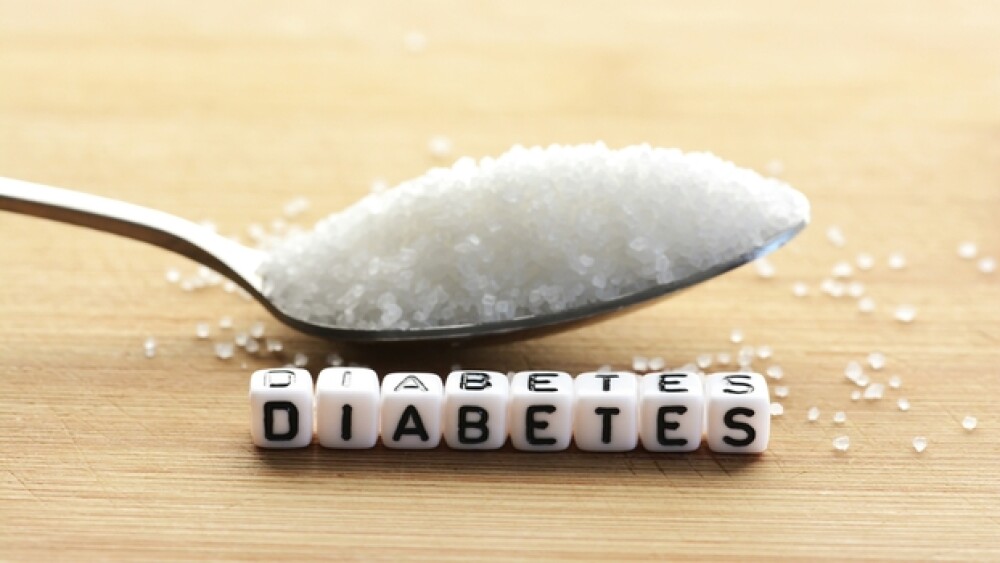Effective treatments for diabetes are becoming more and necessary. The past few years have demonstrated productive strides in drug therapies, such as following medications.
Over 30.3 million people in the United States have diabetes, and that number increases by 1.5 million adults per year. This figure counts for nearly 10% of the U.S. population, and an additional 33.9% have prediabetes. In 2017 alone, 88,563 people died from diabetes, making the disease the seventh highest cause of death in the country. An estimated 640 million adults across the planet will have diabetes by the year 2040.
With such widely-encompassing statistics, effective treatments for diabetes are becoming more and necessary. The past few years have demonstrated productive strides in drug therapies, such as following medications.
Farxiga
(Dapagliflozin), AstraZeneca
Farxiga is a type 2 diabetes treatment that works with the kidneys to lower blood sugar. Not only does the drug help control diabetes, but as of last month, the FDA granted Farxiga an additional use in reducing hospitalization due to heart failure in adults suffering from the disease. “This is promising news for the 30 million people living with type 2 diabetes in the U.S., as heart failure is one of the earliest cardiovascular complications for them, before heart attack or stroke,” quoted Rudd Dobber, Ph.D, Executive Vice President and President of the BioPharmaceuticals Business Unit at AstraZeneca.
In a study known as the DECLARE-TIMI 58 CV Outcomes trial, 17,160 type 2 diabetes patients were studied over a median of 4.2 years, with some being given the medication and others receiving a placebo. The study found that the patients on the medication were 27% less likely to be hospitalized due to heart failure.
“The whole issue of secondary benefit from this class of drugs evolved [over time, with more research]. There is another drug out there that consumers should be aware of if they have cardiovascular problems and heart failure that appears to have benefit in reducing heart failure, and to the point it reduces the number of people going into the hospital. But, discuss it with your doctor,” offered Gerald Bernstein, MD and coordinator of the Friedman Diabetes Institute of Lenox Hill Hospital in New York.
Trulicity
(Dulaglutide), Eli Lilly
Trulicity is a non-insulin, once per week subcutaneous injection that helps the body to naturally release its own insulin. The packaging hides the needle from patients who may be more sensitive to it, requiring only a click of a button to deliver the dosage. In June of this year, the drug’s REWIND trial, which spanned for a median follow-up of 5.4 years, results showed a 12% decrease in cardiovascular events for patients aged 50 and above with type 2 diabetes who were taking the medication versus those taking the placebo.
Dawn Brooks, Ph.D., and Global Development Leader of Trulicity, Lilly, noted that, “millions of people with diabetes are at a higher risk for developing cardiovascular disease. The REWIND trial found that Trulicity significantly reduced major cardiovascular events and had a consistent effect in people with and without established cardiovascular disease. We are pleased with this opinion recognizing the importance of these data, which demonstrate the benefits of Trulicity in a broad range of people with type 2 diabetes.”
Victoza
(Liraglutide), Novo Nordisk
Victoza is another non-insulin treatment, taken once daily. The drug lowers A1C, helps to lower blood sugar levels, and may even reduce the risk of major cardiovascular events, including stroke, heart attack, or death.
The drug works in three primary ways. First, “Victoza slows food leaving your stomach. GLP-1 is normally released from your small intestine when you eat. This slows down the process of food leaving your stomach, which helps control your blood sugar after meals.” Secondly, “Victoza helps prevent your liver from making too much sugar,” and finally, “Victoza helps the pancreas produce more insulin when your blood sugar levels are high. Victoza does this by helping important cells work the way they should. These cells are called beta cells and they help control blood sugar by making and releasing insulin.”
In June of this year, the drug was approved by the FDA for diabetes treatment in 10-17 year olds. Mads Krogsgaard Thomsen, Executive Vice President and Chief Science Officer of Novo Nordisk reports that “we are delighted with the label expansion for Victoza, which now includes an indication for use in children and adolescents with type 2 diabetes in the U.S. - this is a landmark approval as the first-ever GLP-1 receptor agonist approved for this population. The prevalence of type 2 diabetes in the U.S. is ever increasing and we are seeing a higher number of diagnoses in children and adolescents, for whom there are limited treatment choices. Victoza will provide a new option for clinicians treating this challenging disease, helping to address the growing need for this population.”





